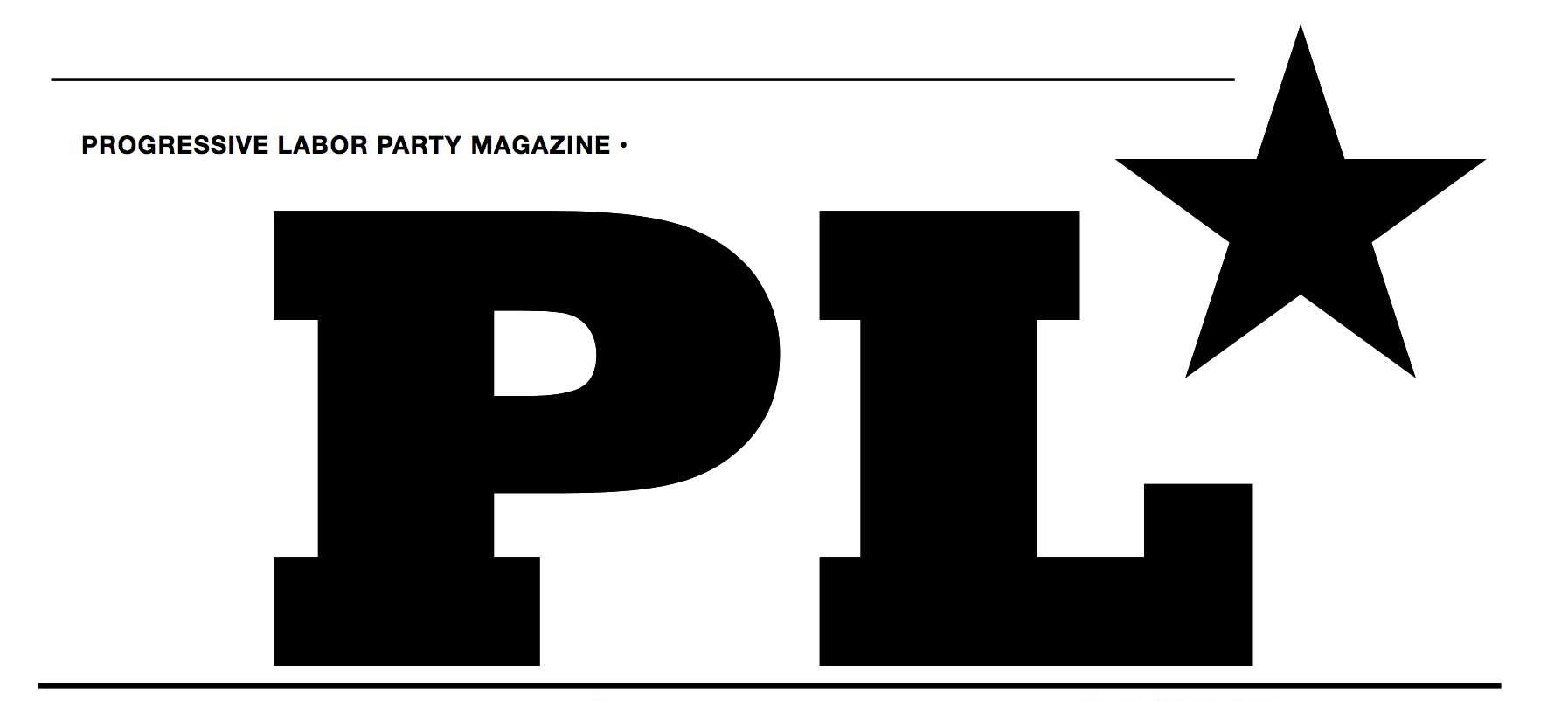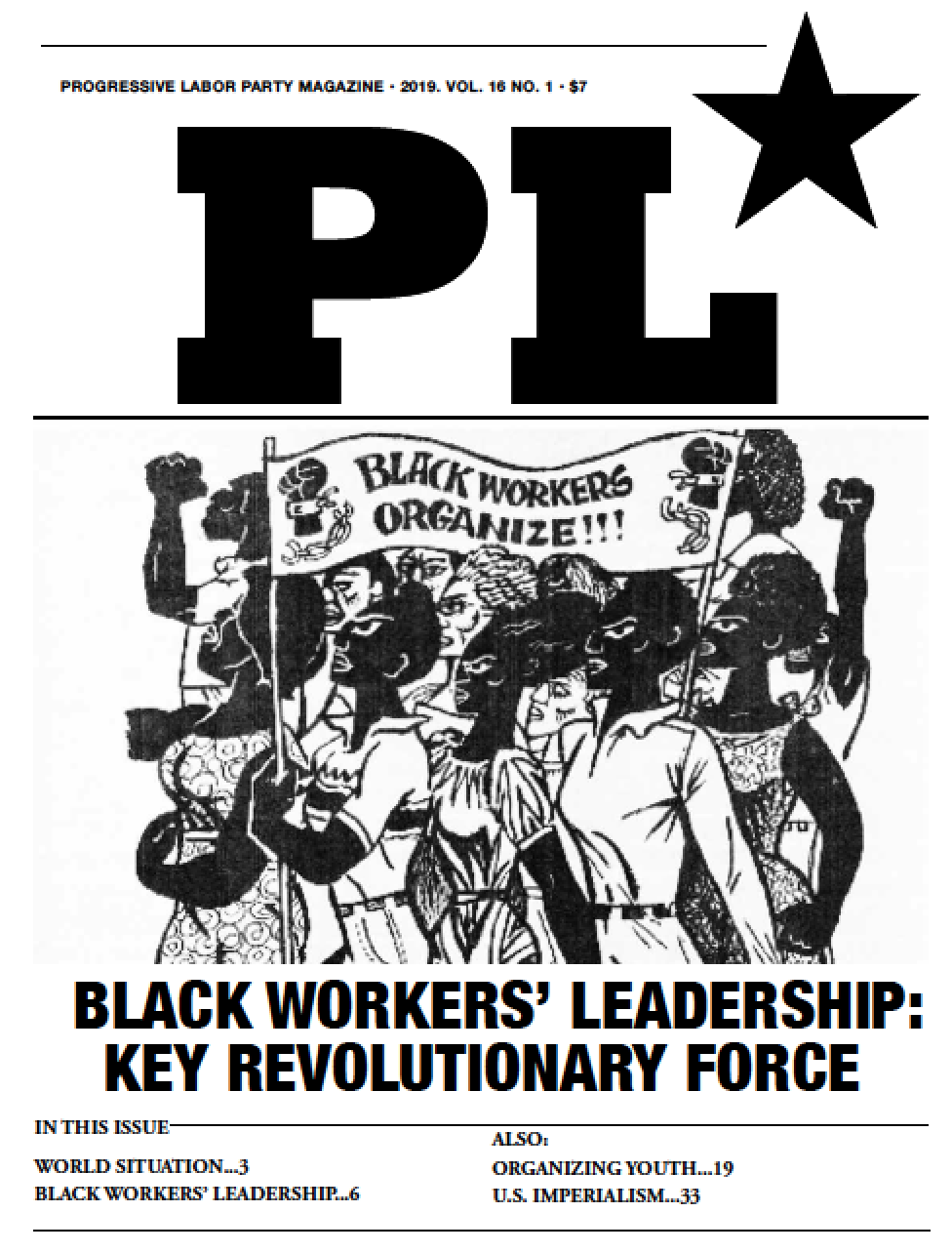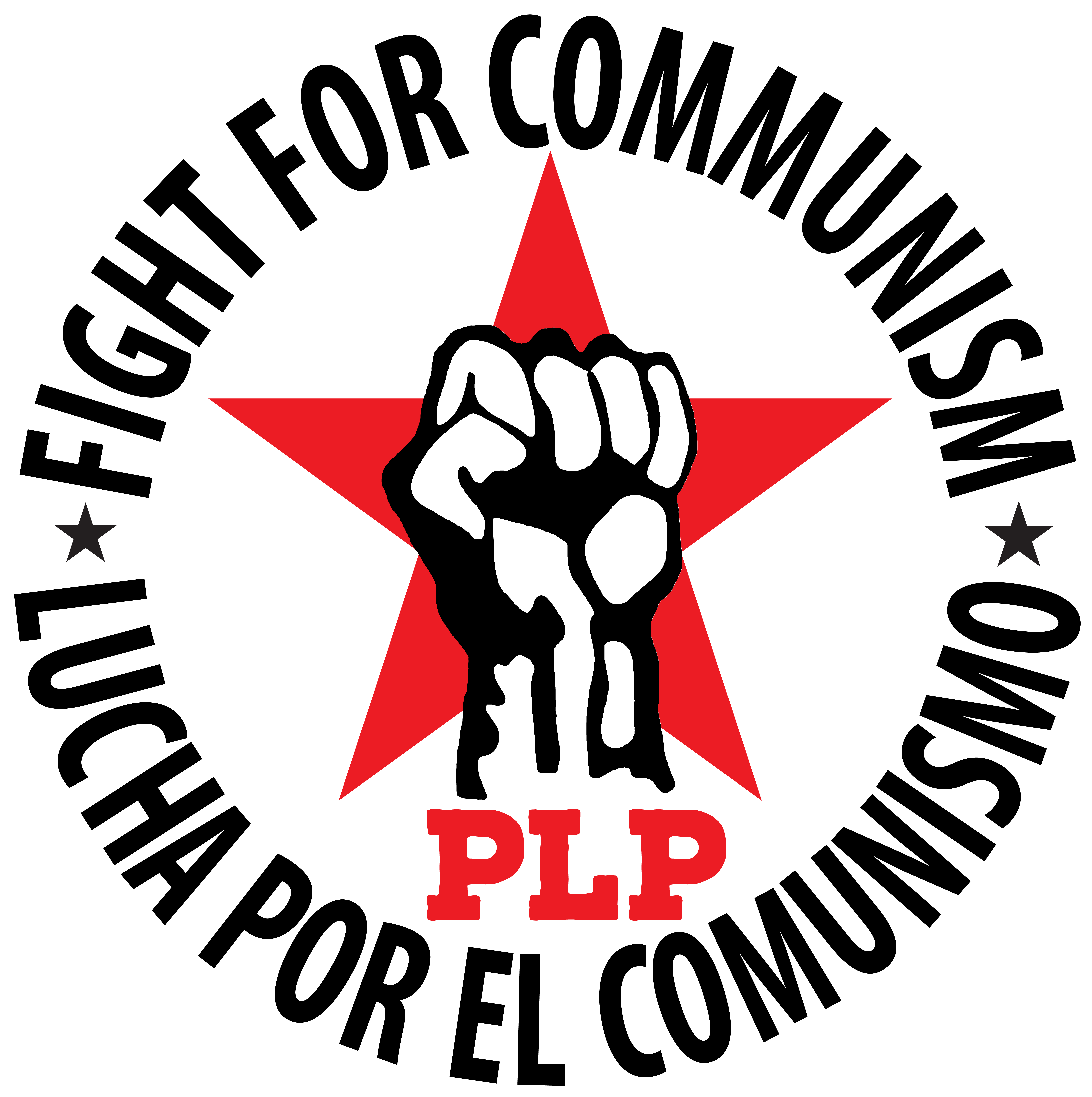Anti-Racism: Key to Class Struggle in the Schools
 Thursday, March 27, 2014 at 9:42PM
Thursday, March 27, 2014 at 9:42PM As part of Progressive Labor Party’s ongoing discussion of how to balance political activities among students and work in the unions, several teachers’ study groups in New York City have been reading Uncivil Rights: Teachers, Unions, and Race in the Battle for School Equity by Jonna Perrillo. This history of NYC’s teachers’ unions reveals a history many of us had not known before and shows us many parallels to the contradictions communist teachers and their friends find when dealing with today’s teacher unions.
Perrillo traces the developments of the United Federation of Teachers (UFT), the current NYC teachers’ union, with its emphasis on teacher salary and electoral politics, and its predecessors — two separate unions with sharply different politics and ideas on who to work with and what to work for.
Many of us had not been aware that teachers in the 1930s had to choose between two separate unions (or none!) — neither with collective bargaining rights. The two, Teachers Guild, influenced by socialists and the Teachers Union (TU), eventually led by members of the Communist Party — both saw their calling as improving the schools. While the Guild thought this should be done by allying with the school administration, the TU built ties with parent and community organizations. Among other tactics used to fight the racist character of schools in black neighborhoods, the TU led picket lines outside schools to defend black students abused by white principals.
The division between the two unions became more stark in the 1940s as pressure forced the Board of Education to try to repair inequities in the schools by transferring more experienced teachers to black schools. The Guild saw its role as defending the teachers “threatened” with transfer to “undesirable” situations, while the CP-led union fought for black parents to have a greater influence on the school system.
In the 1950s, the Red Scare and anti-communist hysteria took a toll on the TU; communist teachers were investigated and fired as part of a general attack on communist leadership in U.S. unions, and many others grew fearful. During that period, the Teachers Guild grew through vigorous recruitment campaigns, telling teachers they would defend their professional rights, rather than involve them in anti-racist politics. By 1963, the TU was so marginalized and demoralized that the members voted to join the UFT, which had been created by uniting the Guild and several smaller teachers groups.
By that point, the UFT had started on the path that led to what we see today: reliance on politicians and prioritizing teachers’ rights over the conditions of students. They had won the right to collectively bargain with the city, and this was their main focus.
In the Civil Rights Movement of the 1960s, the UFT’s hypocrisy in matters of racism had become clear. While the leadership sent a small number of members to the segregated South as Freedom Riders, they did not call on members to join a community boycott of New York’s equally segregated schools. By 1968, the UFT was leading a racist walkout as a response to the efforts of black parents to exert community control over schools in the Brooklyn neighborhood of Ocean Hill-Brownsville. At this point, the union proved that it would defend teachers’ “professionalism” against any demands, including the needs of their students. Perrillo mentions that some teachers (including PL
members) opened schools in unity with students and parents.
After the Ocean Hill-Brownsville racist walkout, the UFT only deepened its role as the defenders of teacher salaries and conditions — so much so that for most of its history it would not support even such a mild pro-student request as smaller class size because it might jeopardize their demands for teacher raises. We now have a union where choosing which politician to back is more important than any concerns about student conditions.
Perrillo is not a communist, and she does not conclude that the loss of communist leadership when the TU dissolved caused the end of anti-racist struggle among NYC teachers unions, but she tells the story clearly. She also does not draw any conclusions about what teachers should do now, although she is critical of the current focus of the UFT.
As members and friends of PLP, we have been thinking more about our own role in the union and among our students and their parents. In some ways, conditions are no different now than in the history Perrillo describes: segregated, crowded, under-funded schools still keep our working-class students feeling like they are in prison. We are still supposed to teach capitalist ideas and reproduce the racist division of workers.
But knowing our history tells us that teachers have fought in unity with students and parents in the past, so we can do it again. Those of us who are active in teachers’ unions must demand more of our unions, make anti-racist, pro-student demands. The leadership tells teachers that the province of the union is limited to salary and work rules; they say that we are professionals whose interests are separate from those of our working-class students and their families who we serve.
Communist teachers owe it to our friends, colleagues, students and communities to counter these messages. The only way to really fight for better schools is through the unity of teachers, students and parents. And we must fight for more than “improved” schools — even with more money, even with any reform, these are still the schools whose role is to teach workers to accept capitalism and patriotism. The real struggle, the final victory, is when we can unite all workers to destroy capitalism through communist revolution.





 Progressive Labor Party (PLP) fights to destroy capitalism and the dictatorship of the capitalist class. We organize workers, soldiers and youth into a revolutionary movement for communism.
Progressive Labor Party (PLP) fights to destroy capitalism and the dictatorship of the capitalist class. We organize workers, soldiers and youth into a revolutionary movement for communism.




Reader Comments